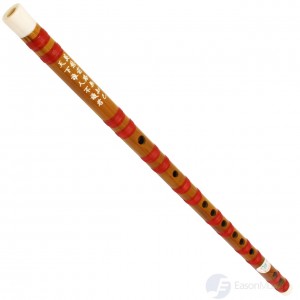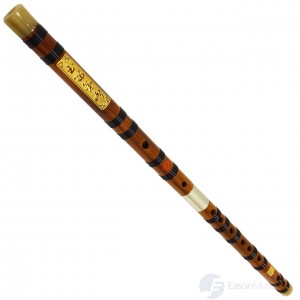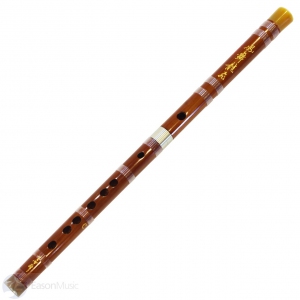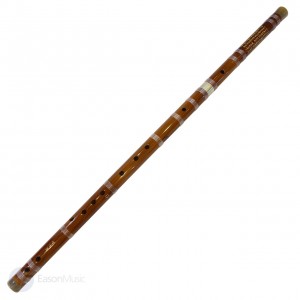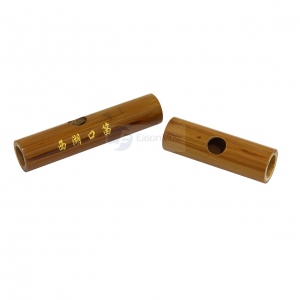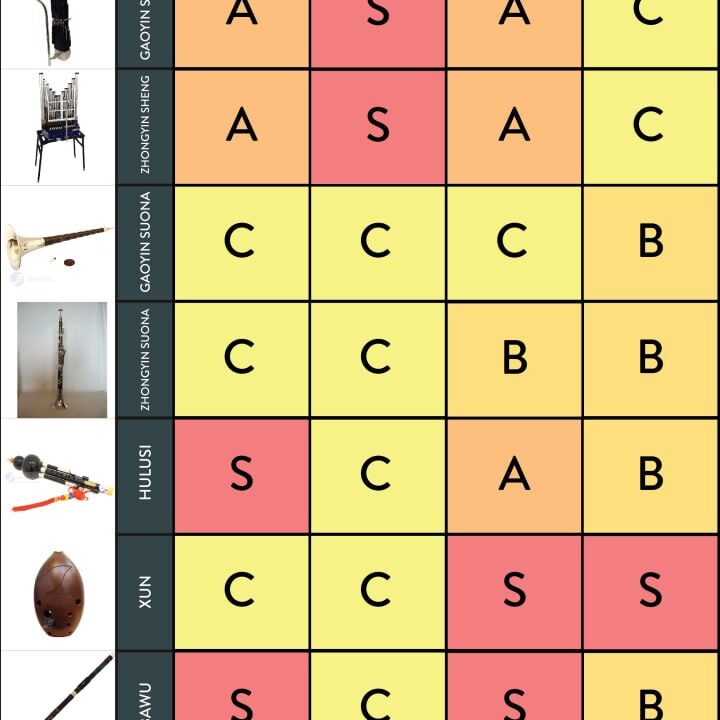Types of Sheng
October 9, 20152 Ways to Fine Tune Your Erhu
October 22, 2015Types of Dizi
Today, there are numerous types of Chinese dizi available to musicians. For the amateur, this may prove confusing – what are the differences between them, and which should you pick up?
This post aims to let you have a clearer idea on what types of dizis are available out there.
Bangdi 梆笛
First, the most commonly used dizis belong to the categories of bangdi and qudi. Amongst these, the bangdis are shorter, and mainly comes in keys of A, G and F (C4 – A6). With it’s bright tones, it’s suited for lively, Northern styles of playing. The specifications of these dizis are as follows:
A Key: Length – 44.5cm (Range: E4-A6)
G Key: Length – 48cm (Range: D4-G6)
F Key: Length – 52cm (Range: C4-F6)
Qudi 曲笛
On the other hand, the qudi comes in the keys of E, D and C (G3 – E6), and is suited for the lyrical melodies of the South. The specifications of these dizis are as follows:
E Key: Length – 56cm (Range: B3-E6)
D Key: Length – 60cm (Range: A3-D6)
C Key: Length – 67cm (Range: G3-C6)
Xiaodi 小笛
While the bangdis and the qudis cover a definite range, there are also the xiaodis and xindis/dadis, which are capable of playing notes at the extreme ends. The xiaodi mainly comes in keys of D, C and Bb (F4 – D7), and its sharp timbre allows it to assume the role of a musical leader in many pieces. The specifications of these dizis are as follows:
Bb: Length – 42cm (Range: F4-Bb6)
C: Length – 39cm (Range: G4-C7)
D: Length – 36cm (Range: A4-D7)
Xindi 新笛
The xindis/dadis come in the keys of Bb, A, G and F (C2 – Bb6). They generally possess a rich and solid sound. The specifications of these dizis are as follows:
Low Bb: Length – 75cm (Range: F3-Bb6)
Low A: Length – 77.5cm (Range: E3-A5)
Low G: Length – 91.5cm (Range: D3-G5)
Low F: Length – 95cm (Range: C3-F5)
Koudi 口笛
In addition to these, there is the koudi, and koudis usually come in D or G. Merely a few inches long with no holes except for the blowing hole and its two ends (an additional few holes may be found in longer models), the koudi’s pitch is mainly altered by adjusting the amount of hole covered by the musician’s thumbs. The resultant sound is extremely high in pitch, bright but piercing.
Since different dizis possess different keys, a musician typically owns many dizis to allow for playing across multiple keys. As most traditional repertoire belong to the keys of D or G, beginner students are encouraged to first learn how to play the D key qudi and the G key bangdi. With time, other dizis can be used, especially in alternative repertoire.
—
Interested in purchasing a dizi? Click here to check out our web store!

